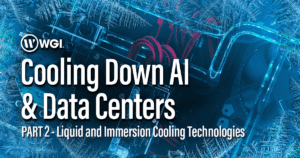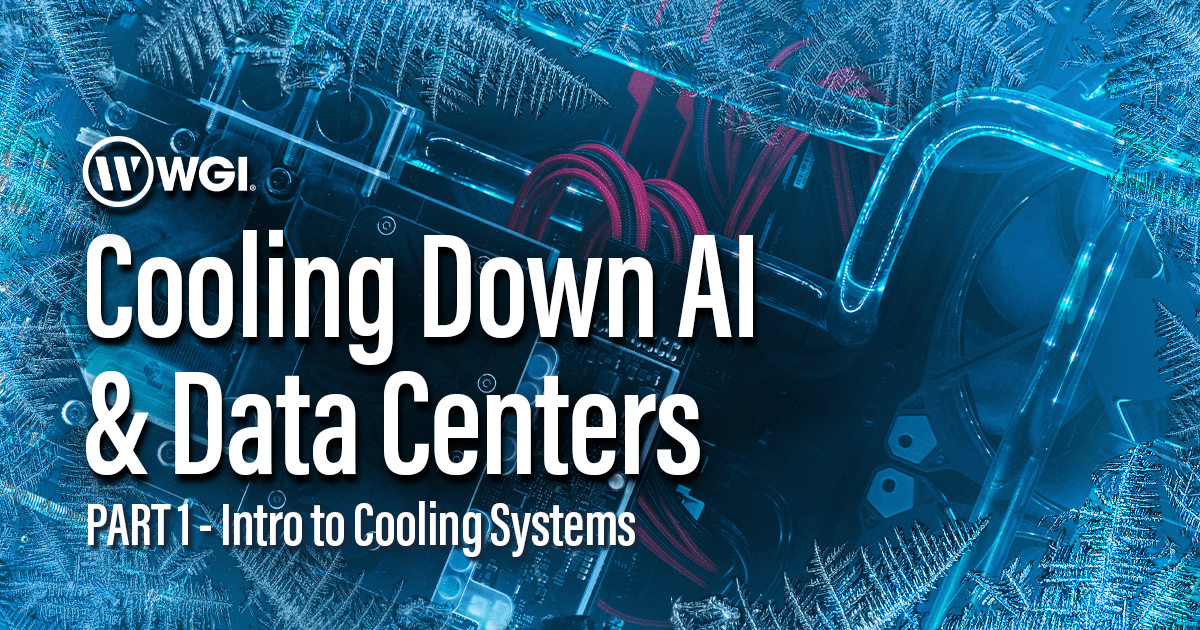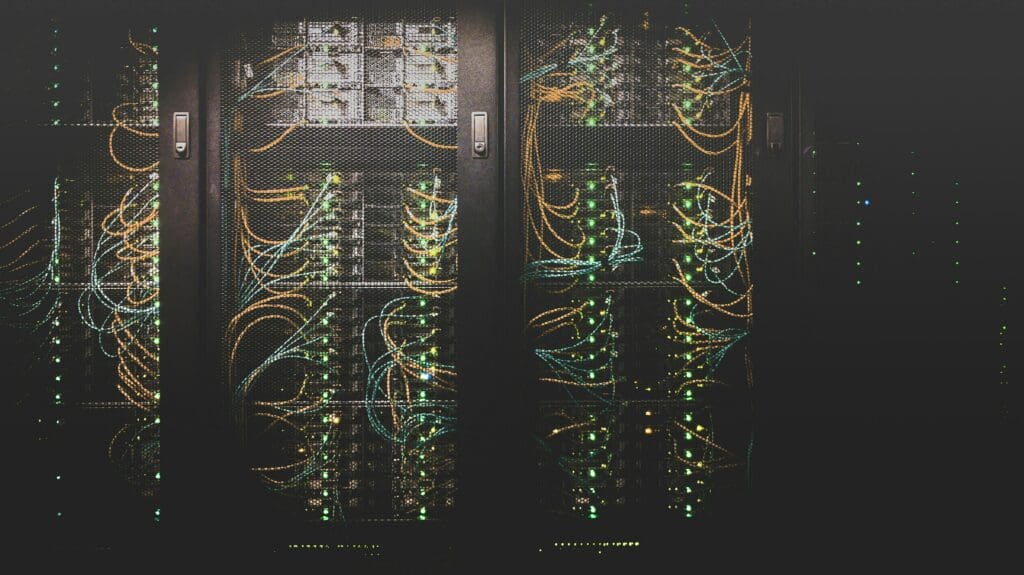
Cooling Down AI & Data Centers: Introduction to Liquid Cooling Systems
Uncover the future of data center cooling with cutting-edge technologies that promise enhanced efficiency and smarter upgrades with Part 2 of our 3 Part series. Dive into the transformative power of advanced liquid and immersive solutions, and see how they can revolutionize your data center’s performance.



















